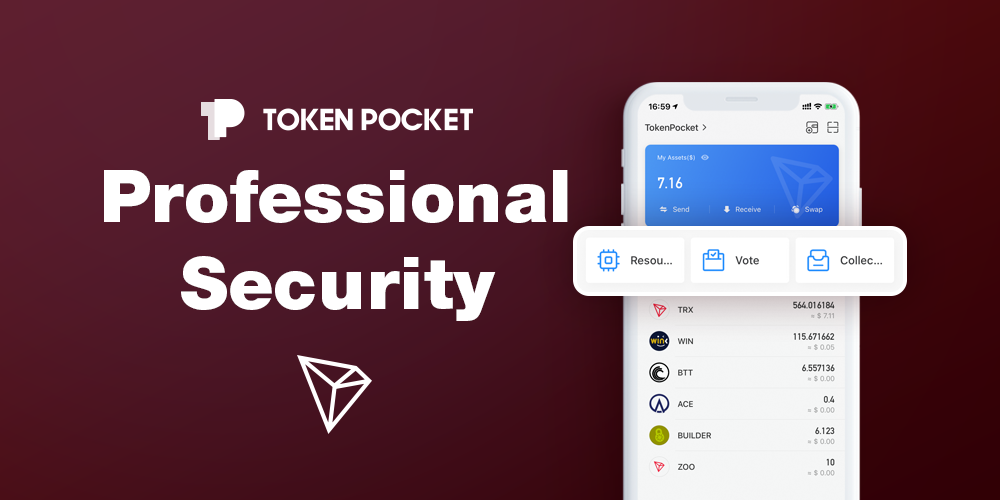I’m in the Lsd a number of new products. Well, actually, I’m releasing some old product in a new market. And frankly, I’m ready to pull out my hair. I’m trying to decide the price of my new books and it’s driving me up the wall.
One of the keys to success with new products is always the pricing. And learning content products are no different. Digital products of any sort in fact are always hard to determine the price for.
So how do you decide on pricing for your new product?
There are a number of elements that need to go into the decision on a price. Unfortunately, where the dart hits the dartboard isn’t one of them. And as you can tell from my level of frustration at the moment, balancing those factors and coming out with a price can be a real problem. Even when you know what you are doing!
Here are seven issues that you need to take into account when deciding on pricing for your information or learning content product.
1. How much does it cost to produce and ship?
Even a digital product costs something. You need to pay for PayPal. You need to pay for storage. You need to pay for bandwidth. If you are producing a physical product you need to pay for shipping. You need storage. You need the product itself. You also need to cover your overhead and related costs. While this doesn’t go into the determination of the price — per se — it does form a minimum. After all you don’t want to actually lose money on your product.
2. What does the market expect it to cost?
Similar products to yours have a price. Your audience expects to pay that price. Charging less than the market is a valid strategy. However, you need to maximize your total profit and the competition’s price is going to affect your sales.
3. How are related markets affecting price?
This is especially true with digital products right now. Traditionally published books have always been priced lower than eBooks and learning content products. And that was okay since they frequently didn’t cross paths. However, the traditional publishers are converting their product to digital eBooks at a considerably reduced price. And that is going to affect the market price.
4. Can you position this as a premium product?
One of the tricks to determining a price is that your customers use price to establish their quality ratings. In other words, the higher the price the better the product must be! If you are able to position this as a premium product you can charge a premium price.
5. Do you want this to be a premium product?
There is more in life than making money. And sometimes there’s more to business too. There are many reasons why you may not want a product to be a premium product. You may want to use it later as a bonus, for example.


